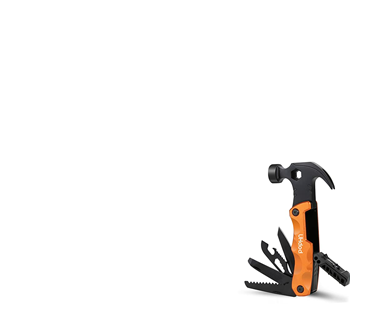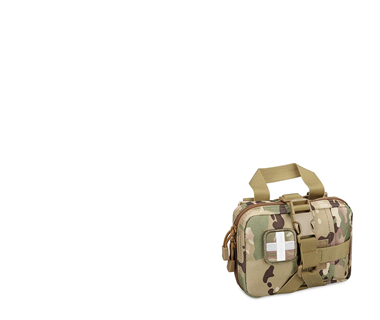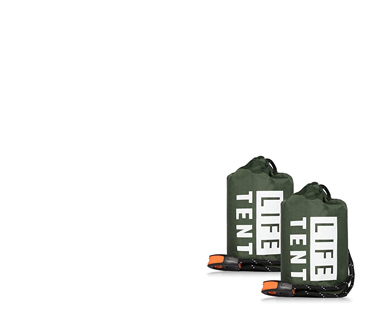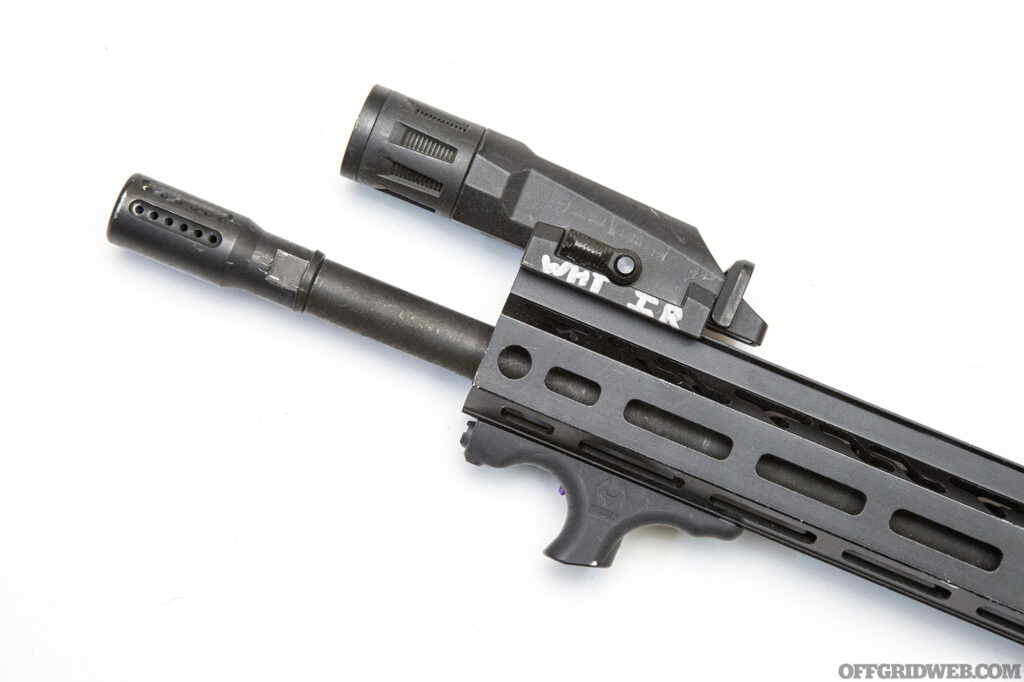Affordable .22 AR Built for Nighttime Training Leave a comment
Developing night-time shooting capability is expensive. First, there’s the cost of the required equipment: night vision devices, infrared lasers and illuminators, helmets, counterweights, IR strobes, helmet lights, and NV-specific optics mounts. Once you manage to get all of that, there’s the additional, and real cost, of ammo associated with the increased amount of training you’ll have to do in order to develop new skills. We can’t lower the cost of night vision equipment itself but, just like with daytime training, if you can substitute rimfire training to save ammo … why not? That’s what led us to dig an old Smith & Wesson M&P 15-22 out of the back of the safe and outfit it as a budget-conscious, affordable .22 AR night-fighting trainer.
Finding a low-cost IR laser is one of the trickiest things we can think of. When you do find them, they typically chop the price down by chopping capability — whether that’s laser output power, onboard switching (no remote option), or eliminating the visible laser and/or illuminator. Regardless, if you need to pinch pennies on an aiming laser, you’re going to give up something — maybe even a lot. But, in the case of a rimfire plinker and trainer, we were willing to accept some significant trade-offs. In the end, we wound up with the Viridian HS-1 IR laser.
Let’s get the cons out of the way: this is an infrared laser only. No slaved daytime laser for zeroing. No IR illuminator. No white light. A single projected dot that’s only visible under night vision is all you get. That dot can only be activated by an on-body push button at the front of the integrated forward grip. Speaking of the grip, this could be a pro or con depending on your accessory preferences. The laser is built into a sort of finger-stop foregrip. You split your index and middle fingers around the grip, using your left index finger to turn the laser on like a support-hand trigger at the front of the gun. If you place your hand as intended, the activation is pretty intuitive.
We also really like that the foregrip is a direct-to-M-LOK accessory. No need to bolt a section of Pic rail onto your forend just to use this. The HS-1 is lightweight and streamlined with a bottom-load CR1/3N battery that doesn’t require the grip to be removed for swaps. There are also windage and elevation adjustments, so you can actually zero this for effective practice. With an MSRP of sub-$250, the HS-1 is very affordable in comparison to other infrared lasers and gives you an active-aiming solution for night vision shooting.
What it doesn’t give you is area illumination. If there’s enough ambient light in the environment (whether from the moon or man-made sources), illumination may not be necessary. But if illumination is necessary, you’ll need a weapon light that’s either a full-time IR light or one that can switch from white to IR. We chose the latter, in the form of Inforce’s WMLx, which pairs a 700 lumen white light with a 400mW infrared counterpart. As opposed to the rotating head we’ve seen elsewhere, the WML switches from white to IR by a literal light switch on the side of the body that’s flipped back-and-forth 180 degrees to select output modes.
We like the definitive, tactile, and audible switching, which pairs well with their signature angled thumb-button activation (whether or not you like the scoop-shaped thumb button is another story, but the side-mounted flip-switch is ergonomically convenient to that setup). We mounted our WMLx to the very front of our handguard, which only features a small section of 12 o’clock Pic rail at the muzzle end. This juxtaposed the WMLx directly over the HS-1 laser, meaning a C-clamp-style support grip puts both sets of controls at your fingertips. For $180, the WMLx IR does just the job we need it to.
On that note, one of the things we never liked about the M&P 15-22 was its short, cheap-feeling handguard. So, we turned to a niche company called Tacticool22 which, as the name implies, specializes in aftermarket accessories for .22 rifles like our M&P. We picked up two accessories from them — a 12.5-inch T6 aluminum handguard and their AM-1 muzzle brake. The handguard is a free-float, lightweight type with five-sided M-LOK slots running from 3 to 9 o’clock. The 11 and 1 o’clock axes sport lightening holes that spell out “T22” in puffy bubble letters. We’d rather have had the M-LOK slots, but a little tongue-in-cheek branding is wholly forgivable in the rimfire realm.
The 12 o’clock line has a small chunk of rail at each end, with a line of plain circular lightening holes down the rest of the length. While the Tacticool handguard is incredibly light by “full-size” AR standards, it’s certainly heavier than the OEM plastic tube it replaced. Having said that, we really like the slightly front-heavy feel and increased length offered by the replacement. It makes driving the gun much closer in feel to our 5.56mm counterpart rifles. At $166 with no special adapters needed for the handguard, we feel like we got beaucoup value out of this swap. Admittedly, the value-add of a brake on a .22LR rifle is far less than the handguard. But, again, a rimfire build is a good place to have some fun.
Moving further back, we wanted to make sure we had a taller red-dot mount to practice passive aiming. The Battle Arms Development micro dot mount stands at a 1.93-inch offset, plenty tall to see through NVGs. We topped the mount with a basic Holosun 403C. The BAD mount is $110, with the HS403C being available on Amazon for sub-$170 at time of writing. The combo keeps you under $300 all-in for a NV-compatible optics setup. The 403C even has two NV-specific brightness settings. We used one other component from Battle Arms: a version of their BAD-ASS short throw ambi-safety selector made specifically for the M&P 15-22.
This was a small but very appreciated improvement, providing a fast, positive snick every time you flick one of the levers. The right-side lever is long enough to use with your left thumb, but short enough to stay out of your way if you’re a righty. Likewise, we added an ambidextrous charging handle from some no-name manufacturer for a whopping $30. The dual extended latches make malfunction-clearance a cinch, which is a little more common with buckets of dirty .22 ammo than it is on our .223/5.56mm AR’s. Finally, we topped the whole build off with a set of Magpul MOE furniture — inexpensive and durable enough to survive anything we plan to do with a rimfire build.
The result of our efforts is a lightweight, handy, very fun to shoot AR clone that can not only help us learn how to work under night vision but, once we’re comfortable doing so, will offer hours of cheap gun fun after dark.
Read More
Subscribe to Recoil Offgrid’s free newsletter for more content like this.
10/22 Takedown Pack
Ruger Mark IV 22/45: Review and Upgrades
First Look: Hammerli Force B1 .22LR Bolt Action
Buyer’s Guide: Three 10/22 Takedown Stocks
Editor’s Note: This article has been modified from its original print version for the web.
The post Affordable .22 AR Built for Nighttime Training appeared first on RECOIL OFFGRID.




